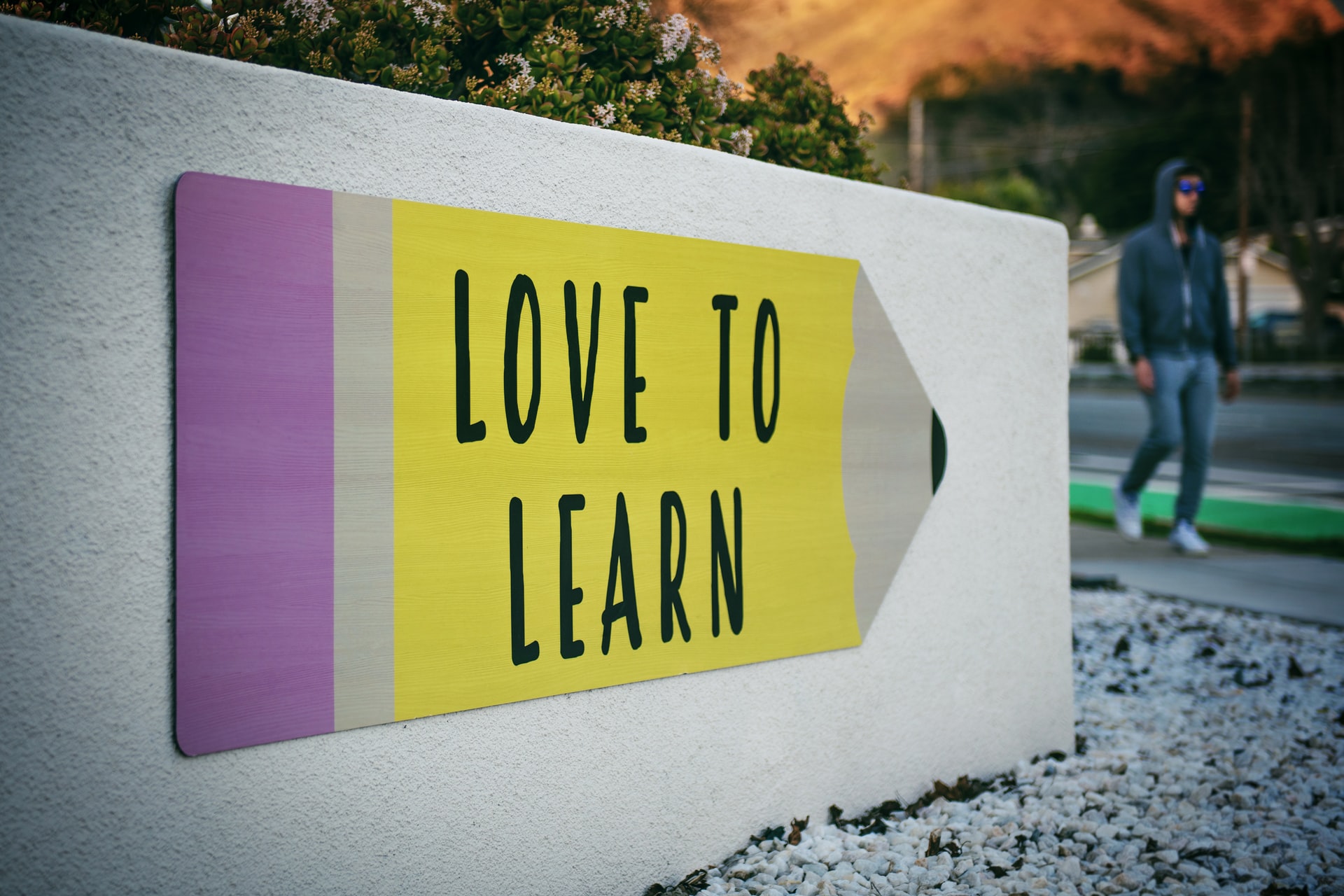How do you provide educational content? How do you know if it is valid and usable? The answer is by providing good communication. How do you do that? What if there was, e.g., some technical knowledge that needed to be shared? Communicating and delivering that information can be challenging. Many learners attend networking sessions, seminars, …
Sales & Marketing/
Advertising & PR
How often have you heard the following phrases? No problem I can’t do that You’ll have to I’m not going to discuss that I’m not going to take up your time I’m not going to go into detail That will never work It’s a good idea, but It is so easy to fall into the …
The previous content (Tips For A Business Plan – Part 1) defined and showed the relevancy of a Business Plan. But how will we build the plan. The Business Plan needs to show the worth and importance of a proposal, detail how the task will be accomplished, and include tasks, i.e., a migration, purchasing new …
Today’s speakers need to do more than impart information to their listeners. With all the competition for attention, speakers like you know it is important to connect with and engage your audiences. That may be pretty easy to do with a small group or meeting, but how about when you are speaking at a forum, …
How do you communicate a business plan? First, what is a business plan? It is a document that outlines the steps for completing a future project, a restructuring of a company, a personal project, or any future change within an organization. It will show the strategy involved in, e.g., developing the outcome of a new …
These press release sites offer a choice of free and paid, with the free options being solid services that meet the basic needs of most small businesses.
You know how full every minute of your day is. Packed with meetings, phone conversations, travel, family commitments, e-mail. It goes on and on. But if we let our busy lives get in the way of good listening, there is a steep price to pay. That price includes losses in efficiency, effectiveness, and even in …







